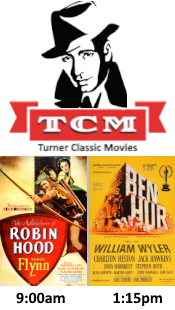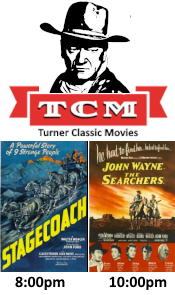18 Epic Facts About “Dances with Wolves”

Jeff Wells and Mental_Floss present 18 Epic Facts About Dances with Wolves. Here are three of my favorites…
1. IT STARTED AS A NOVEL THAT NOBODY WANTED TO PUBLISH.
Inspired by books he’d read about the Plains Indians, screenwriter Michael Blake (who died earlier this year) pitched Costner on the idea for Dances with Wolves. Costner told Blake, whom he’d met in a Los Angeles acting class, to write a novel instead of a screenplay, reasoning that a novel could generate studio interest more effectively than a cold script. So Blake spent months writing and sleeping on friends’s couches (including Costner’s). “I wrote the entire book in my car, really,” Blake said in a behind-the-scenes feature. Once finished, Blake submitted Dances with Wolves, to numerous publishers, all of whom passed on his manuscript. Finally, after more than 30 rejections, a small publisher called Fawcett accepted it.2. IT BECAME THE FILM THAT NO STUDIO WANTED TO FINANCE.
Turned down by American studios, Costner looked abroad for help, eventually securing startup funds from a handful of foreign investors. With only a fraction of the movie’s $15 million budget secured, he began filming. Orion Pictures eventually stepped in with $10 million, but Dances with Wolves ended up going more than $3 million over budget. Costner covered the overage out of his own pocket.18. THERE’S A SEQUEL.
A sequel to the book, that is. In 2001, Blake published The Holy Road, which continues the story of John Dunbar, now a full-fledged Sioux warrior, as he tries to protect his tribe from encroachment by white settlers. Critics praised the novel for the ways it portrayed westward expansion and the plight of Native Americans without coming off heavy-handed. There have been rumblings about a possible miniseries, but nothing is confirmed at this time.



























































